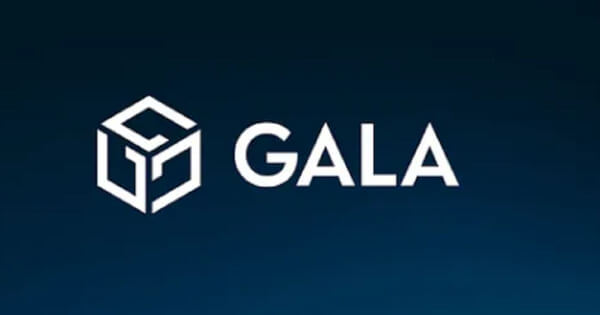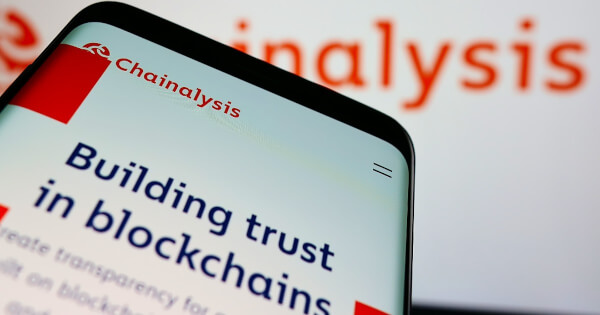
Crypto Ponzi schemes have increased over the past couple of years. This is how to spot them.
The crypto world has experienced an increase in Ponzi schemes since 2016 when the market gained mainstream prominence. Many shady investment programs are designed to take advantage of the hype behind cryptocurrency booms to beguile impressionable investors.
Ponzi schemes have become rampant in the sector primarily due to the decentralized nature of blockchain technology which enables scammers to sidestep centralized monetary authorities who would otherwise flag or freeze suspicious transactions.
The immutable nature of blockchain systems that makes fund transfers irreversible also works in the scammers’ favor by making it harder for Ponzi victims to get their money back.
Speaking to Cointelegraph earlier this week, Johnny Lyu, CEO of crypto exchange KuCoin, said that the sector was fertile ground for these types of schemes due to one main reason:
“The industry is full of users eager to invest their money, and there is virtually no regulation that would stop projects from hiding their malicious intentions.”
“Until clear and internationally approved financial regulation of the crypto industry is set in place, it will continue to witness the rise and collapse of Ponzi schemes,” he added.
How Ponzi schemes work
The Ponzi scheme phrase emerged in 1920 when a swindler named Charles Ponzi marketed a high-returns program to investors which supposedly leveraged postal reply coupons to achieve impressive earnings.
He promised investors returns of up to 50% within 45 days or 100% interest within 90 days. True to his word, the first group of investors got the claimed returns, but unbeknownst to them, the money they received was actually from later investors. The cycle was designed to lure new investors and enabled Ponzi to steal over $20 million.
While he wasn’t the first to use such a scheme to scam people, he was the first to use it to such a scale. Hence, the technique was named after him.
In a nutshell, a Ponzi scheme is a fake investment program that promises astronomical gains to clients but uses money collected from new investors to pay early investors. This helps the swindlers behind such operations to maintain some semblance of legitimacy and entice new investors.
That said, Ponzi schemes require a constant flow of cash to be sustainable. The ruse usually comes to an end when the number of new recruits falls or when investors choose to withdraw their money en masse.
How to spot a crypto Ponzi scheme
There has been a sharp rise in the number of Ponzi schemes in recent years in tandem with the crypto market’s uptrend. As such, it is important to know how to spot a Ponzi scheme.
The following are some of the aspects to look out for when considering whether a crypto project is a Ponzi scheme.
Promises of ridiculously high returns
Many crypto Ponzi schemes claim to reward investors with hefty returns with little risk. This, however, contradicts how investing in the real world works. In reality, every investment comes with a certain amount of risk.
Typical crypto investments fluctuate according to prevailing market conditions, so such claims should be viewed as a red flag. In many cases, investors who join such networks never get any returns on their money.
Khaleelulla Baig, the founder and CEO of KoinBasket — a crypto index trading platform — told Cointelegraph that transparency should be the topmost factor to consider before investing money in a crypto project:
“What really matters is the transparency about the project details. Most founders build their business on hope and rosy projections. Check the past track record of the founding team’s delivery track record vs. commitment.”
He also advised investors to stay away from projects with obscure fundamentals that are based on external influences.
Unregistered investment projects
It is important to confirm whether a crypto company is registered with regulatory organizations such as the United States Securities and Exchange Commission before investing any money. Registered crypto companies are usually required to submit details regarding their revenue models to their respective regulatory authorities to avoid penalties. As such, they are unlikely to participate in Ponzi schemes.
Projects registered in jurisdictions with lax crypto regulations that additionally have Ponzi-like characteristics should be avoided.
Some jurisdictions, such as the European Union, have already come up with elaborate crypto regulations designed to protect crypto investors against these types of scams. According to a recent proposal passed by European Council, crypto companies will soon be obligated to abide by Markets in Crypto Assets (MiCA) rules and will be required to have a license to operate in the region.
Putting crypto companies under MiCA will compel them to reveal their revenue models, and this will temper the rise of crypto enterprises relying on Ponzi-like plans in the bloc.
Use of sophisticated investment strategies
Ponzi schemes usually allude to complex trading strategies as part of the reason why they are able to obtain high yields with minimal risks. Many of their outlined growth strategies are usually hard to understand, but this is usually done on purpose to avoid scrutiny.
The Bitconnect Ponzi scheme that was unveiled in 2016 is an example of a Ponzi scheme that utilized this tactic to trick investors. Its operators encouraged investors to buy BCC coins and lock them on the platform to allow its “sophisticated” lending software to trade the funds. The platform claimed to provide monthly yields of up to 120% per year.
Ethereum co-founder Vitalik Buterin was among the first notable figures to raise the alarm on the project. The scheme was brought down by U.S. and British authorities, who declared it a Ponzi scheme. Its closure in 2018 triggered a BCC price drop that led to billions of dollars in losses.
High level of centralization
Ponzi schemes are usually run on centralized platforms. One crypto Ponzi that was based on a highly centralized network is the OneCoin Ponzi scheme. The pyramid scheme, which ran between 2014 and 2019, defrauded investors out of some $5 billion. The project relied on its own internal servers to run the ploy and lacked a blockchain system.
Subsequently, OneCoin could only be traded on the OneCoin Exchange, its native marketplace. The tokens could be exchanged for cash, with fund transfers being made via wire.
The OneCoin marketplace also had daily withdrawal limits that prevented investors from withdrawing all their funds at once.
The scheme went down in 2019 following the arrest of some key members of the operation. However, there is an outstanding federal arrest warrant for OneCoin founder Ruja Ignatova, who is still at large.
Multilevel marketing
KuCoin’s Lyu noted that the ominous red flags hadn’t changed much over the years and multilevel marketing was still at the heart of many Ponzi schemes:
“Complex earning schemes involving multiple tiers of users, referral programs, percentages, sliding scales, and other tricks are all signs of a Ponzi scheme that feeds the upper tiers using the funds injected by the lower tiers without actually doing any business.”
Multilevel marketing is a controversial marketing technique that requires participants to generate revenues by marketing certain products and services and recruiting others to join the network. Commissions earned by new recruits are shared with the up-line members.
One Ponzi scheme that recently made headlines for making use of this hierarchical system is GainBitcoin. The pyramid scheme headed by Amit Bhardwaj had seven primary recruiters who were based in India and on different continents around the world. Each of them was tasked with recruiting investors into the network.
The scheme guaranteed users 10% monthly returns on their Bitcoin (BTC) deposits for 18 months.
The scheme is alleged to have collected between 385,000 and 600,000 BTC from investors.
Ponzi schemes have been used by scammers for over a hundred years. However, they have been able to thrive in the crypto industry due to the lack of elaborate regulations governing the sector.
Because the crypto world is susceptible to these types of schemes, it is important to exercise caution before investing in any novel project.

You can get bonuses upto $100 FREE BONUS when you:
💰 Install these recommended apps:
💲 SocialGood - 100% Crypto Back on Everyday Shopping
💲 xPortal - The DeFi For The Next Billion
💲 CryptoTab Browser - Lightweight, fast, and ready to mine!
💰 Register on these recommended exchanges:
🟡 Binance🟡 Bitfinex🟡 Bitmart🟡 Bittrex🟡 Bitget
🟡 CoinEx🟡 Crypto.com🟡 Gate.io🟡 Huobi🟡 Kucoin.

















Comments